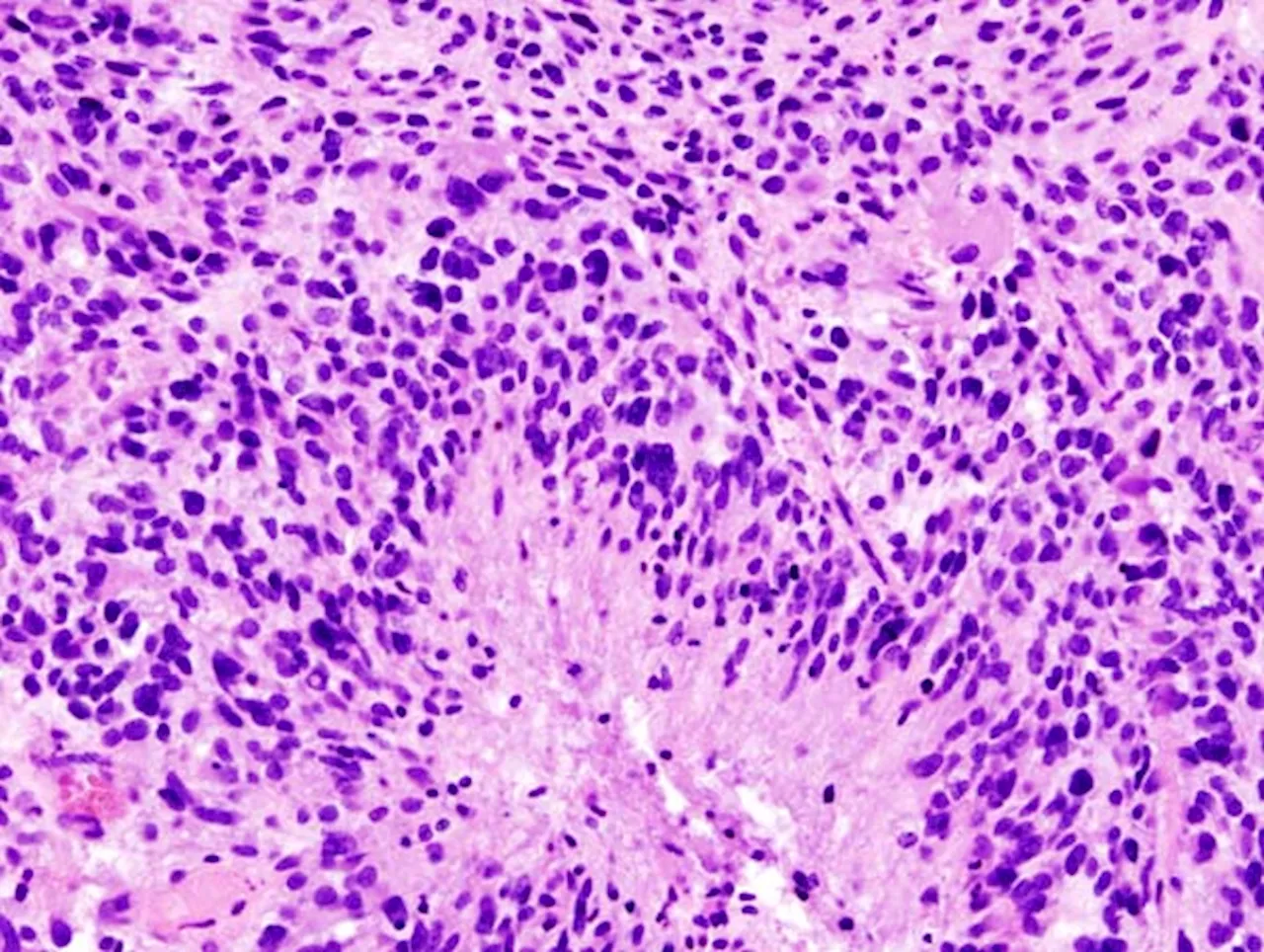Researchers reveal fibrin's critical role in COVID-19 by driving thromboinflammation and neuropathology, and highlight a potential antibody therapy to mitigate these effects.
By Vijay Kumar MalesuReviewed by Susha Cheriyedath, M.Sc.Aug 29 2024 Uncovering the molecular interactions between fibrin and the SARS -CoV-2 spike protein , researchers pave the way for targeted therapies that could curb the devastating effects of long COVID.
Background Long COVID has become a significant public health concern, with coagulation and neurological complications arising during acute infection and persisting into the post-acute phase, contributing to morbidity and mortality. These issues affect patients across all age groups, including those with mild or breakthrough infections. Persistent and resistant blood clots, despite adequate anticoagulation, suggest underlying mechanisms that are not yet fully understood.
Fibrin polymerization in human plasma was assessed by measuring turbidity after initiating clotting with thrombin and calcium chloride. Scanning electron microscopy analyzed fibrin clots formed on silicon wafers, followed by image processing with National Institutes of Health Images. Study results Given the higher frequency and severity of abnormal blood clots in COVID-19 patients compared to other respiratory infections, it was hypothesized that SARS-CoV-2 might directly bind to fibrinogen, promoting clot formation and altering clot structure and function. A solid-phase binding assay confirmed the specific interaction between fibrinogen/fibrin and the SARS-CoV-2 spike protein, identifying key binding sites on both molecules.
Covid-19 ACE2 Antibody Blood Coronavirus Immune Response Immunotherapy In Vivo Inflammation Laboratory Mortality Protein Public Health Research Respiratory SARS SARS-Cov-2 Spike Protein
United Kingdom Latest News, United Kingdom Headlines
Similar News:You can also read news stories similar to this one that we have collected from other news sources.
 Researchers find increased mental illnesses incidence following severe COVID-19, especially in unvaccinated peopleA new study that examined health data on 18 million people reveals higher incidence of mental illnesses for up to a year following severe COVID-19 in unvaccinated people. Vaccination appeared to mitigate the adverse effects of COVID-19 on mental illnesses.
Researchers find increased mental illnesses incidence following severe COVID-19, especially in unvaccinated peopleA new study that examined health data on 18 million people reveals higher incidence of mental illnesses for up to a year following severe COVID-19 in unvaccinated people. Vaccination appeared to mitigate the adverse effects of COVID-19 on mental illnesses.
Read more »
 Researchers develop promising therapy treatment that can kill glioblastoma cells in newly-discovered brain pathwayA new pathway that is used by cancer cells to infiltrate the brain has been discovered by a team of Canadian and American research groups led by the Singh Lab at McMaster University. The research also reveals a new therapy that shows promise in blocking and killing these tumors.
Researchers develop promising therapy treatment that can kill glioblastoma cells in newly-discovered brain pathwayA new pathway that is used by cancer cells to infiltrate the brain has been discovered by a team of Canadian and American research groups led by the Singh Lab at McMaster University. The research also reveals a new therapy that shows promise in blocking and killing these tumors.
Read more »
 Walking the walk, researchers develop motion compatible brain scannerAn upright neuroimaging device developed by West Virginia University neuroscientists, physicists and engineers that allows patients to move around while undergoing a brain scan could help set priorities for the evolution of imaging tools.
Walking the walk, researchers develop motion compatible brain scannerAn upright neuroimaging device developed by West Virginia University neuroscientists, physicists and engineers that allows patients to move around while undergoing a brain scan could help set priorities for the evolution of imaging tools.
Read more »
 Walking the walk, researchers develop motion compatible brain scannerAn upright neuroimaging device developed by West Virginia University neuroscientists, physicists and engineers that allows patients to move around while undergoing a brain scan could help set priorities for the evolution of imaging tools.
Walking the walk, researchers develop motion compatible brain scannerAn upright neuroimaging device developed by West Virginia University neuroscientists, physicists and engineers that allows patients to move around while undergoing a brain scan could help set priorities for the evolution of imaging tools.
Read more »
 Researchers pioneer noninvasive measurement of gene expression at target locations in the brainThe ability to alter or prevent the expression of faulty genes in the brain could be leveraged as a powerful therapeutic against neurodegenerative disease. However, the molecular underpinnings of the living brain are still largely inaccessible, hampering progress on such promising therapeutics.
Researchers pioneer noninvasive measurement of gene expression at target locations in the brainThe ability to alter or prevent the expression of faulty genes in the brain could be leveraged as a powerful therapeutic against neurodegenerative disease. However, the molecular underpinnings of the living brain are still largely inaccessible, hampering progress on such promising therapeutics.
Read more »
 Researchers develop pioneering immunotherapy for aggressive brain cancerQIMR Berghofer researchers have developed super-charged immune cells that could potentially improve glioblastoma survival by fighting the deadly brain cancer and preventing its recurrence.
Researchers develop pioneering immunotherapy for aggressive brain cancerQIMR Berghofer researchers have developed super-charged immune cells that could potentially improve glioblastoma survival by fighting the deadly brain cancer and preventing its recurrence.
Read more »
